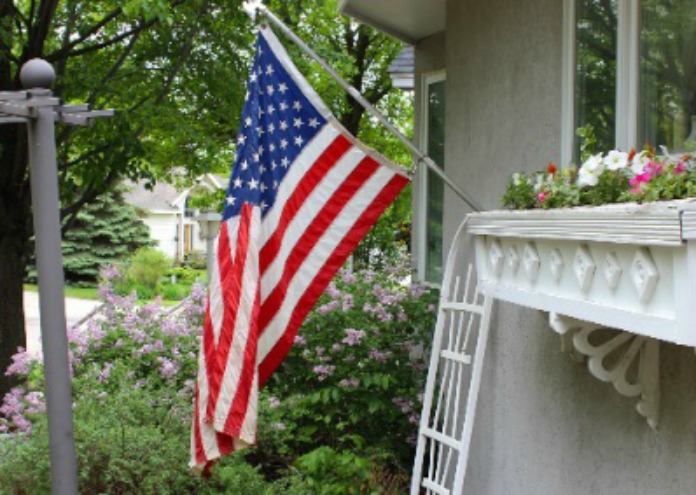 Whether you’re preparing for a big party, getting together with a few friends or flying solo on Memorial Day weekend, the U.S. Food and Drug Administration (FDA) has some food safety tips to keep food poisoning off the menu. You’re going to need a food thermometer. If you don’t have one, pick one up at the grocery or convenience store, measuring the temperature of food is the only way to know if it has been cooked or held at the proper temperature.
Whether you’re preparing for a big party, getting together with a few friends or flying solo on Memorial Day weekend, the U.S. Food and Drug Administration (FDA) has some food safety tips to keep food poisoning off the menu. You’re going to need a food thermometer. If you don’t have one, pick one up at the grocery or convenience store, measuring the temperature of food is the only way to know if it has been cooked or held at the proper temperature.
Keep hot foods hot. Hot foods need to be kept at an internal temperature of 140° F or warmer. Check the product label or use a food thermometer to check the temperature your food warmer, chafing dish or slow cooker can reach before you use it. Bacteria can multiply quickly on hot foods that are not held at this temperature.
Keep cold foods cold. Cold foods should be kept at a temperature of 40° F or colder. Keep cold foods refrigerated until serving time. Bacteria on foods that are meant to be chilled can multiply quickly at temperatures higher than 40˚ F. Put serving platters on ice if they will be out for more than two hours, or try dividing your dish onto several plates, put out one and keep the rest refrigerated. When the first one’s gone, replace it with a fresh plate from the fridge. This tip will also better accommodate guests arriving, or eating at different times.
Out with the old. The nature of a buffet allows bacteria from people’s hands to get on the food and bacteria can multiply at room temperature. So don’t add food to serving dishes, instead replace nearly-empty serving dishes with freshly-filled ones.
If you’re cooking food on the grill, use a food thermometer to make sure meat is cooked to its proper temperature. Then keep it warm until serving by moving to the side of the grill, just away from the coals. At home, keep the cooked meat hot in a 200° F oven, chafing dish, slow cooker, or warming tray.
If you’re serving fresh produce or other perishable foods, keep them chilled in a cooler with ice or gel packs at 40˚ F or lower. If you keep the perishable food in one cooler and beverages in another you can keep the food cooler closed until you are ready to cook or serve the food. When it’s time to serve, puts foods like chicken salad in bowls placed directly on ice. As the ice melts, drain off the water and replace the ice frequently.
Remember the 2-Hour Rule. Any perishable food left out at room temperature for more than two hours needs to be thrown out. If room temperature is above 90°F, the safe-holding time is reduced to one hour.





I like the suggestion use a thermometer to make sure meat is cooked to its proper temperature. Food that is undercooked can produce foodborne illnesses. These illnesses tend to be minor sicknesses like food poisoning, but to a low developed immune system foodborne illnesses can be fatal.